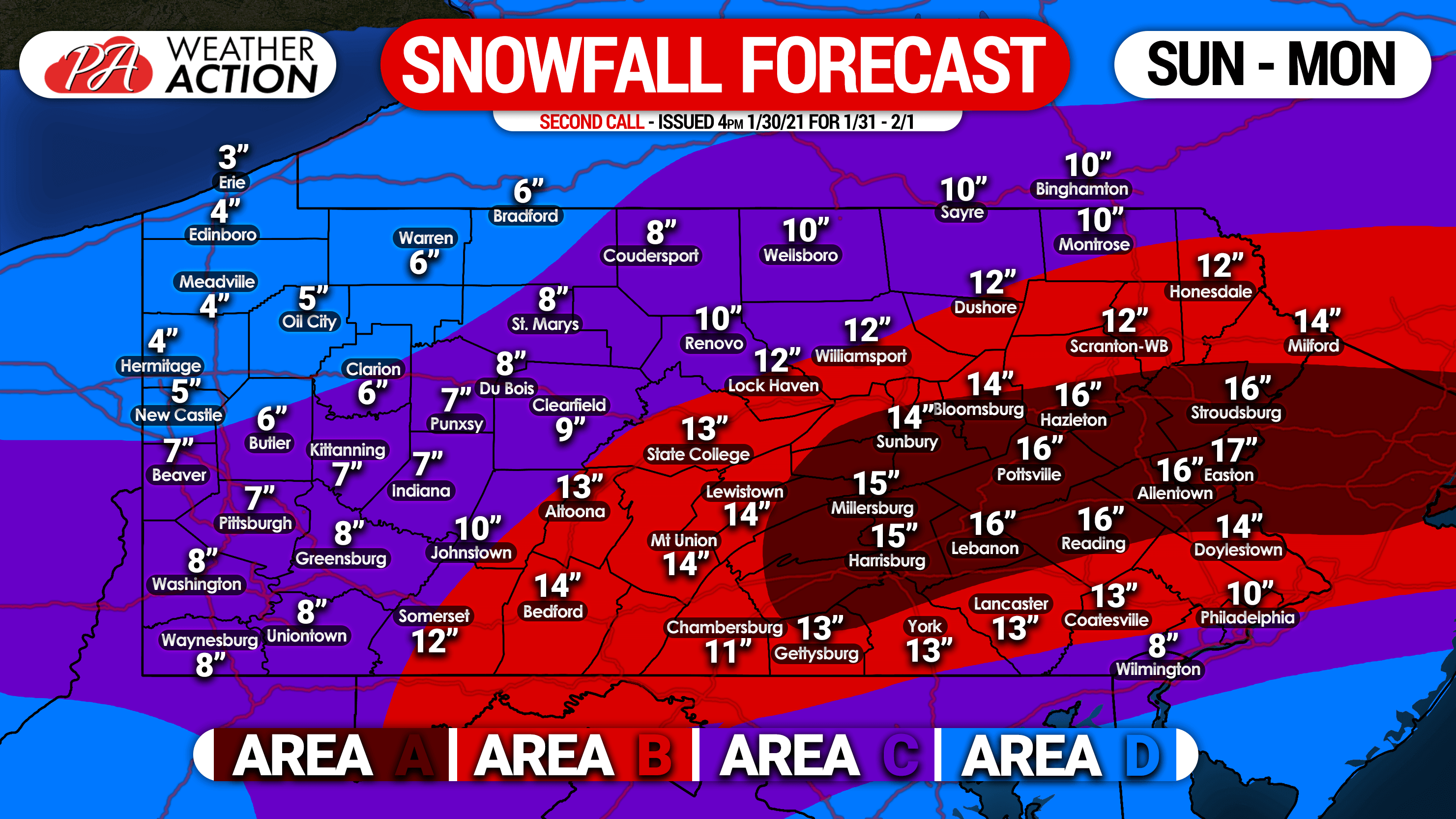
That is because the air at the top is cold enough for snow, but the air at the bottom is too warm and the snow melts to bring sleet or rain. Often we can see the hilltops covered in snow, but none at ground level. The precipitation will either be rain or snow, depending on just how cold the air is, and where the “freezing level” is. As it’s usually colder higher up in the atmosphere, when the air rises up the hill, it becomes colder, and condenses to form cloud and precipitation. There are also the effects of air rising up hills and mountains. We either require the cold air to meet a rain-bearing weather front and turn it into snow, or for the cold air to pick up enough moisture from its short journey across the North Sea, to form showers. What about the moisture? Often with the cold easterly winds, and the air travelling over so much dry land, there is very little moisture in it to form the snow and we end up with some crisp winter sunshine instead.

The most common wind direction in the UK is south-westerly though, so more often than not we get relatively mild air from the Atlantic bringing rain, rather than this cold air from the north and east which often turns any rain to snow. Provided that skies are clear, temperatures can fall gradually day-on-day because the sun is weak and there is little cloud to keep in any heat at night. However, there is another way which requires very little wind at all - high pressure that becomes established across the UK for a long time in winter. travelling for the east to the west) are cold because they arrive from the cold continental interior of mainland Europe. air travelling from north to the south) bring the air straight from the arctic and over a cold sea to reach the UK. To get cold air across the UK we need winds from the north or east. What do we need for snow to fall in the UK?Įssentially, we need the air to be cold enough, and a supply of moisture.

However for the UK, being an island surrounded by the milder water, the air can often warm up slightly before it reaches our shores, and we often see rain rather than snow, or, even trickier to forecast a mix of rain, sleet and snow.

In winter, the land gets cold more quickly than the sea, so where there is a lot of land and very little sea, such as the huge interior of continental Europe, Canada or the United States, it gets cold enough for snow to fall frequently.


 0 kommentar(er)
0 kommentar(er)
